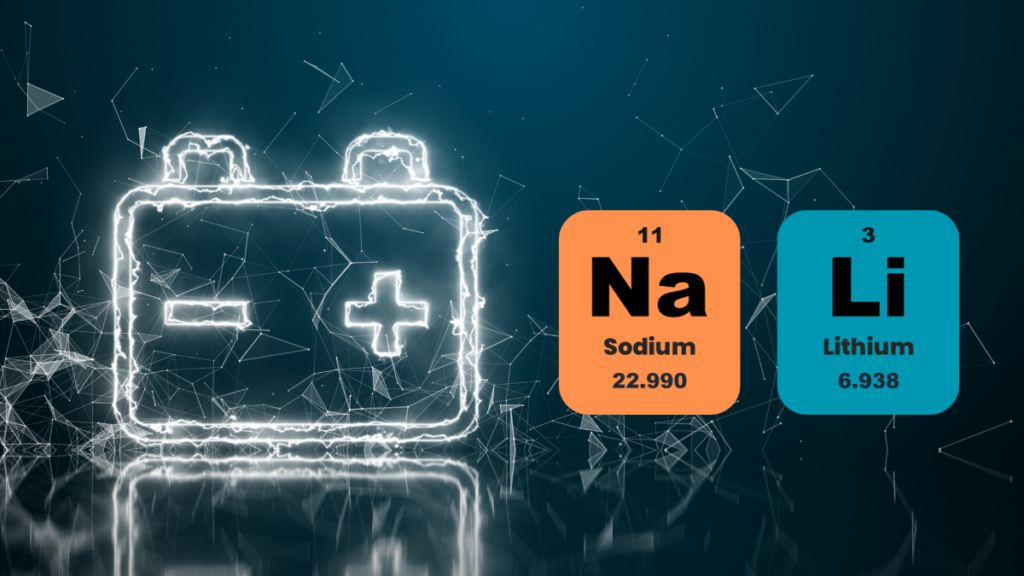
Given the limited supply and high price of battery-grade lithium and other advanced battery materials, alternative battery chemistries are being researched. Some avenues, such as sodium-ion batteries, are yielding the first tangible results. Sodium-ion batteries are one of the most developed technologies today and have the potential to become a viable option in many battery applications in the near future.
The initial commercial success of sodium-ion batteries indicates a potential for substantial growth in this segment. However, new battery technology requires years of engineering for successful commercialization, and with the accelerating demand, there remains a risk of battery shortages in the mid-term future.
CATL, one of the world’s biggest lithium battery manufacturers, is launching commercial-scale manufacturing of sodium-ion (Na-ion) batteries to be used in passenger EVs. This may indicate the early market adoption and growth potential for sodium-ion chemistry, replacing lithium-ion (Li-ion) in some battery applications. In this article, we compare the two technologies’ various parameters and contemplate the feasibility of using sodium-ion batteries in industrial machinery, such as material handling equipment and other applications.
Abundance
The natural abundance of sodium (Na), the fifth most abundant element constituting 3% of the Earth’s mass, is remarkably higher than that of lithium (Li), signifying its potential significance in battery production. The concentration of sodium in the Earth’s crust is approximately 1180 times greater than that of lithium, and in the sea, it is an astonishing 60,000 times higher. These stark differences in availability are presented in Table 1.
Cost
One significant advantage lies in the cost of sodium. A simple comparison of prices on the Shanghai Metals Market reveals a striking 20-fold difference in prices of pure sodium and lithium compounds (June 2023):
- Sodium carbonate costs approximately $290 per metric ton.
- Lithium carbonate (99.5% battery grade), on the other hand, commands a significantly higher price of approximately $35,000 per metric ton (even after a sharp decline since mid-July 2022).
The current demand for sodium within the battery industry is negligible, especially in contrast to the surging demand for lithium in Li-ion battery packs. The year 2022 marked a notable milestone for lithium-ion batteries, as the prices of battery packs increased for the first time in 12 years since BloombergNEF (BNEF) began tracking prices. The price reached $151 per kWh, largely due to the soaring demand for batteries driven by the electrification of passenger electric vehicles (EVs), as well as electrical industrial equipment and energy storage manufacturing.
Structure of Sodium-ion and Lithium-ion Battery Cells
Similar to lithium-ion cells, sodium-ion battery cells have positive and negative electrodes, a separator, and an electrolyte. Both battery types are based on the “rocking chair” principle: during the charging and discharging processes, positive ions travel back and forth between the two electrodes of the battery, as shown in Figure 1.
Similar to the early days of lithium-ion batteries, sodium-ion batteries also utilize a cobalt-containing active component…





